Brownstone Boys: How to Waterproof a Cellar
Truth be told, it can be difficult to determine where water intrusion is happening, but what you can do is take action to direct water away and try to seal things up as much as possible.

Our beautiful basement is now waterproofed
Editor’s note: Welcome to the Brownstone Boys Reno, a reader renovation diary about renovating a brownstone in Bed Stuy. See the first one here. They also blog at www.thebrownstoneboys.com.
The weather is changing and we’re coming into the rain and snow season. New York City recently had a record amount of rainfall in one hour during a tropical storm, then a week later that record was shattered by a second storm. The amount of water was something our homes and cellars just never had to deal with before. It seemed like half the cellars in Brooklyn and most in Queens were flooded. After the first storm many of us thought, “good thing this doesn’t happen often,” but after dealing with almost twice the amount of water only a week later, it probably means it’s something we need to be better prepared for. Many people who have never had leaks before had waterfalls in their cellars. So now we’re all asking the question: How do I prevent this from happening again?
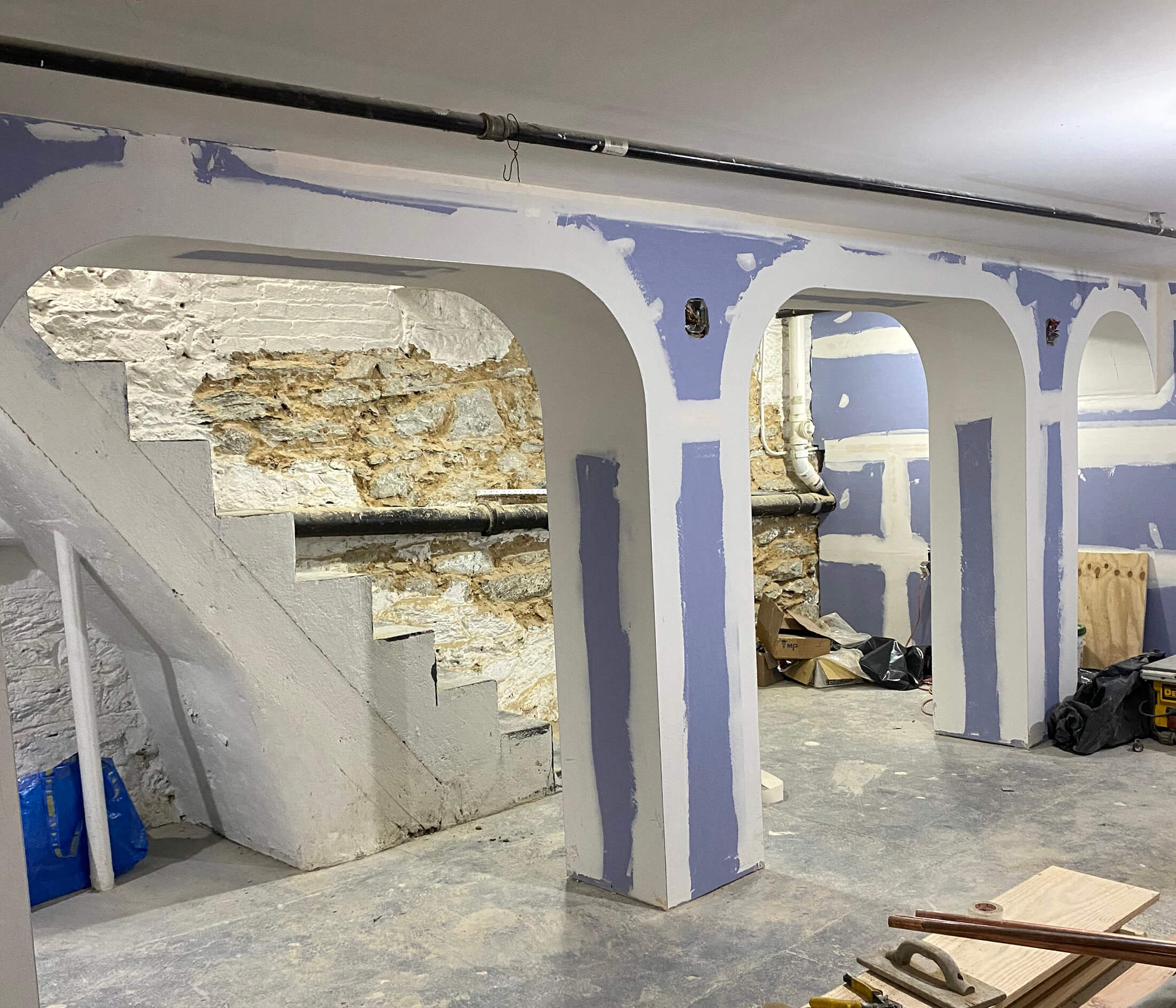
Truth be told, it can be difficult to determine where water intrusion is happening, but what you can do is take action to direct water away and try to seal things up as much as possible. Here are some smart precautions you can take.
Redirect
One of the first things you might want to do is make sure water is going where you want it to and not where you don’t. If water is pooling in your backyard, you might want to regrade so that it flows away from the house. You can also add a drain that connects to the sewer line to move water out of the backyard so that it doesn’t flow down to your cellar.
Instead of looking down, look up! Sometimes the issue is on the roof. If water is not draining properly through the gutter spout and into the sewer, it might be cascading down the back of your house. That makes it much easier for it to find a way in or just overwhelm the waterproofing.
If you have redirected water away from your house and made sure it is draining properly, it’s time to start waterproofing.
Access Hatch
The front and rear access hatch is often where water can leak into your cellar. Some hatch covers are made of plywood and roofing material and don’t do the best job. Consider having a steel hatch door installed. They will cement it into the walls so that it is water tight. If you already have a steel door and it is leaking, check the corners. The concrete can deteriorate in that area and may need to be patched.
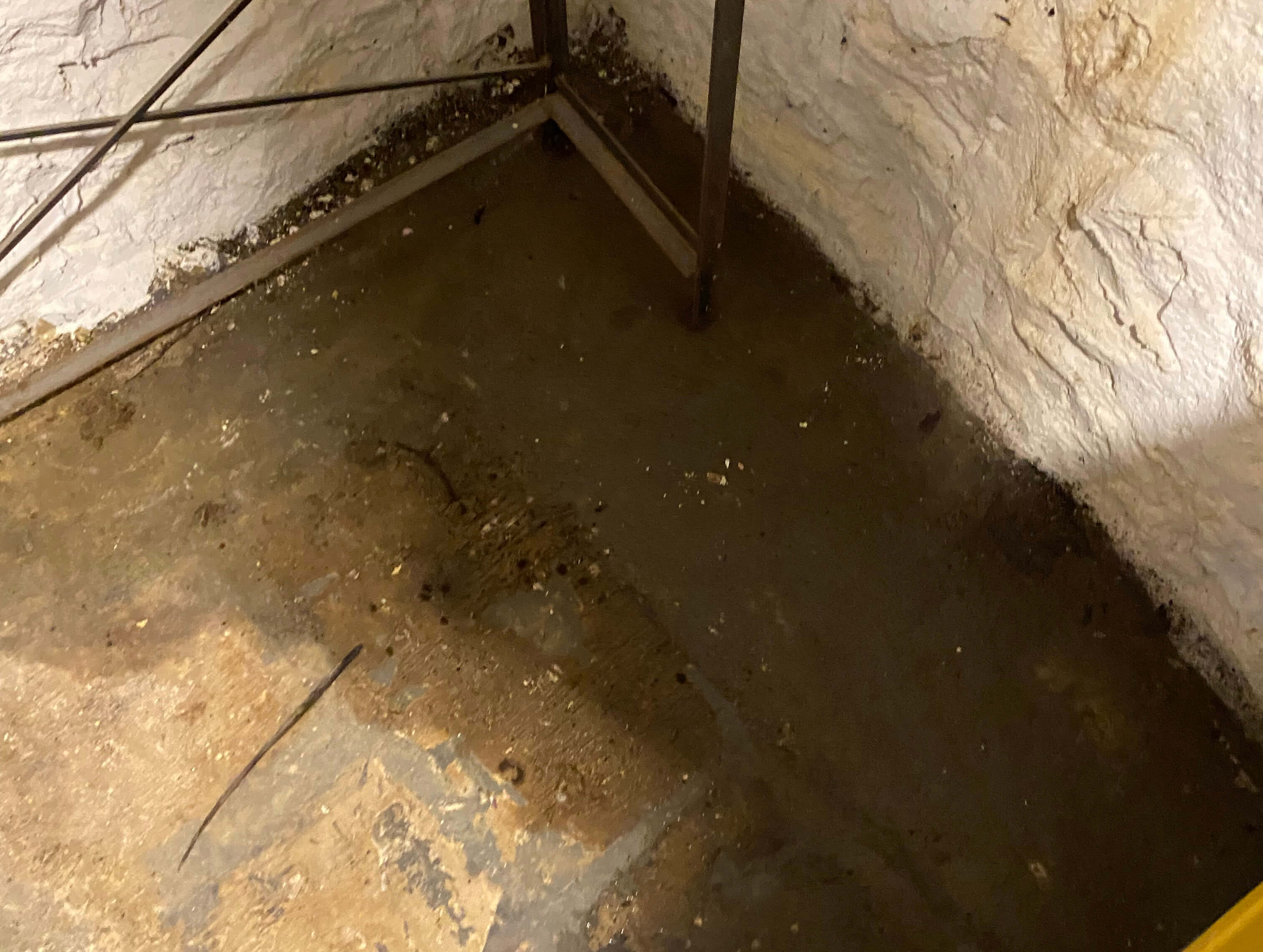
Foundation Walls
If water is coming in through the foundation walls (often this happens in the back but sometimes in the front as well), it could be a big job! As your house settles, cracks can form and mortar in the joints can open up. This can allow water to enter. You might also want to check any penetrations of the foundation wall. The sewer pipe, water main, and electrical service come through the wall and may be allowing the water intrusion. You may see wet streaks on the foundations walls or water pooling or marking the floors and walls. Repointing the mortar or sealing up the openings with hydraulic cement may solve the problem. It can be a bit of trial and error.
Usually most water intrusion comes through the back foundation wall since the side walls are mostly shared with another house and the front typically has concrete preventing water from saturating the soil. In the back is where the water has better access to the foundation walls. One of the most effective ways to solve the issue is to excavate the outside all the way to the bottom of the foundation wall. Then a waterproof barrier or sealer can be applied to the outside of the wall. This can prevent most water from penetrating the wall.
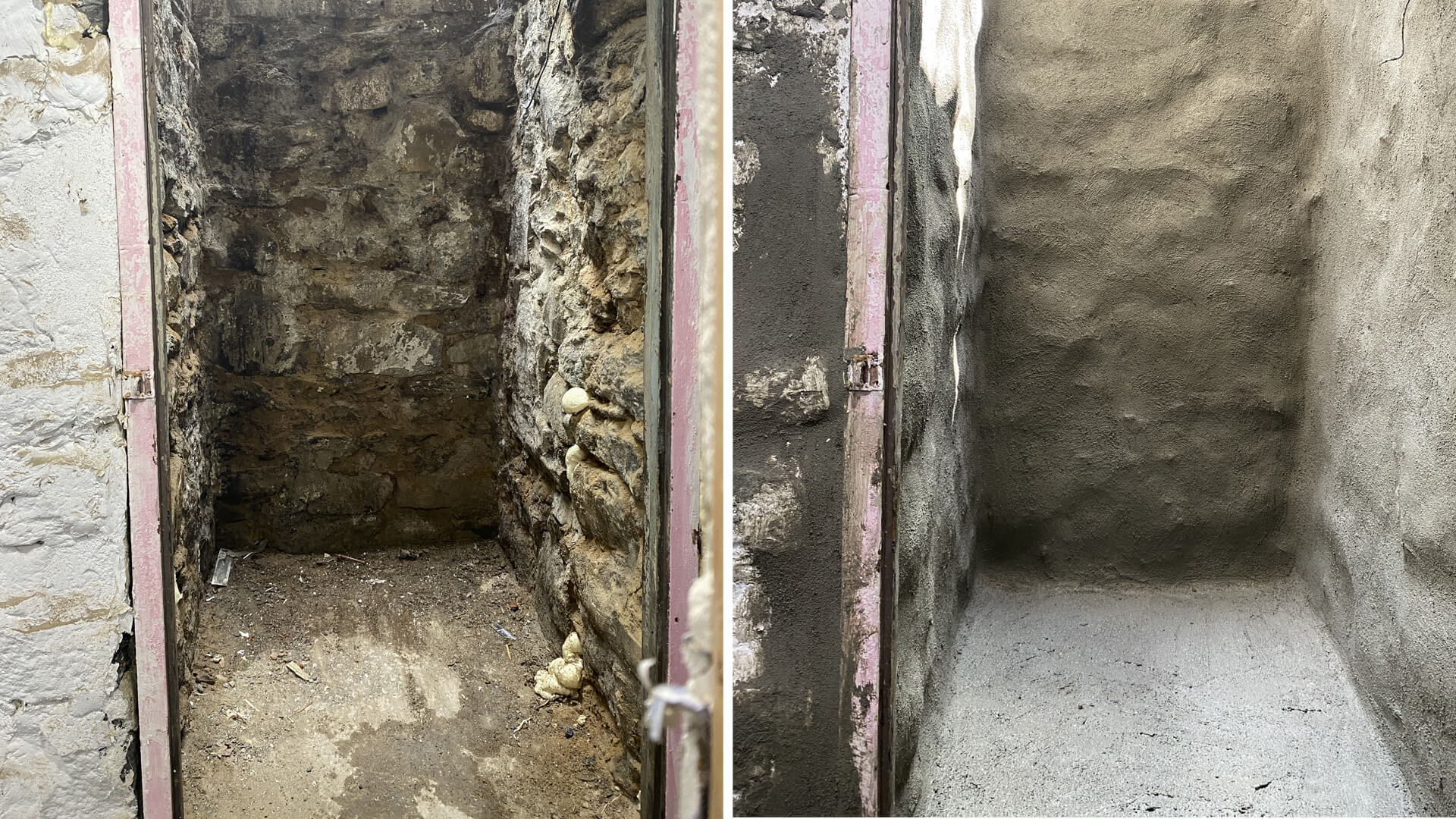
Slab
The slab can also be the problem. Some homes have a rat slab (a very thin layer of concrete poured over a dirt floor.) Moisture could be coming up through it, especially if it’s cracked. A new, thicker slab with a moisture barrier underneath might help your basement feel a bit drier.
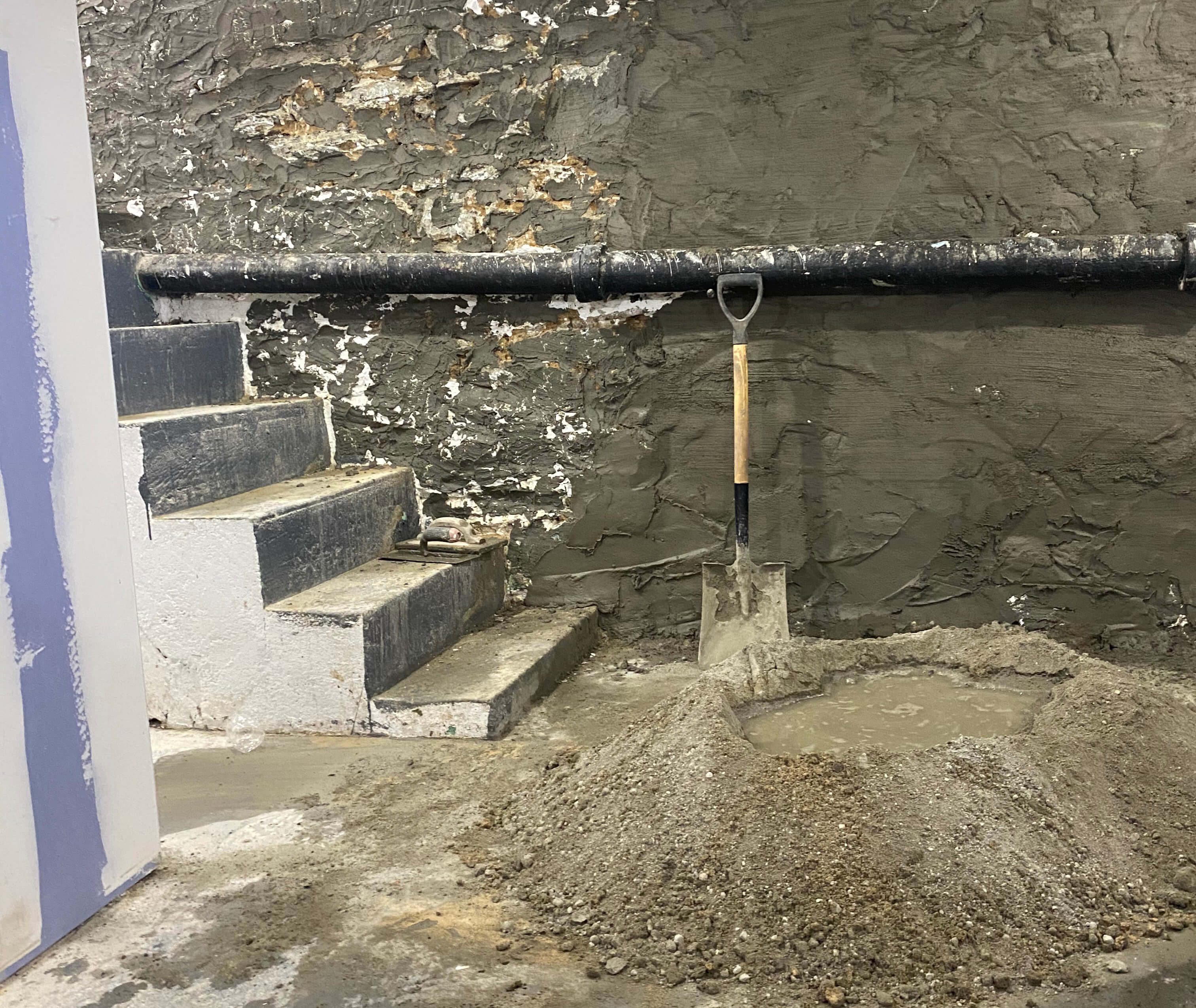
Be Prepared
No matter how much waterproofing you do, things can change, the house can settle or mortar can continue to deteriorate. Also, even relatively watertight walls can absorb water from the soil outside and then transfer it inside. This can make the air become more humid. Since your cellar is subterranean, it’s an area that should be ready to deal with moisture. A dehumidifier will help remove excess humidity. Make sure any building materials are mold and mildew resistant. Usually the floor of the cellar is below the sewer line, so make sure you have a sump pump that can remove any water that might find its way in.
You may need to try a combination of methods. Redirect water, repoint and seal up cracks, and take further waterproofing precautions if necessary. After two record-breaking storms that brought more water than we’ve ever seen before a week apart, one thing for sure is that this is an issue we will need to deal with again in the not-so-distant future. It’s time to take some action and be as prepared as we can.
[Photos by Brownstone Boys unless noted otherwise]
Related Stories
- Brownstone Boys: How We Gave Our Own DIY Spin to Vintage Doors
- Brownstone Boys: Some Things to Consider When Buying a Fixer Upper
- Brownstone Boys: What Nobody Tells You About Replacing Your Windows
Email tips@brownstoner.com with further comments, questions or tips. Follow Brownstoner on Twitter and Instagram, and like us on Facebook.




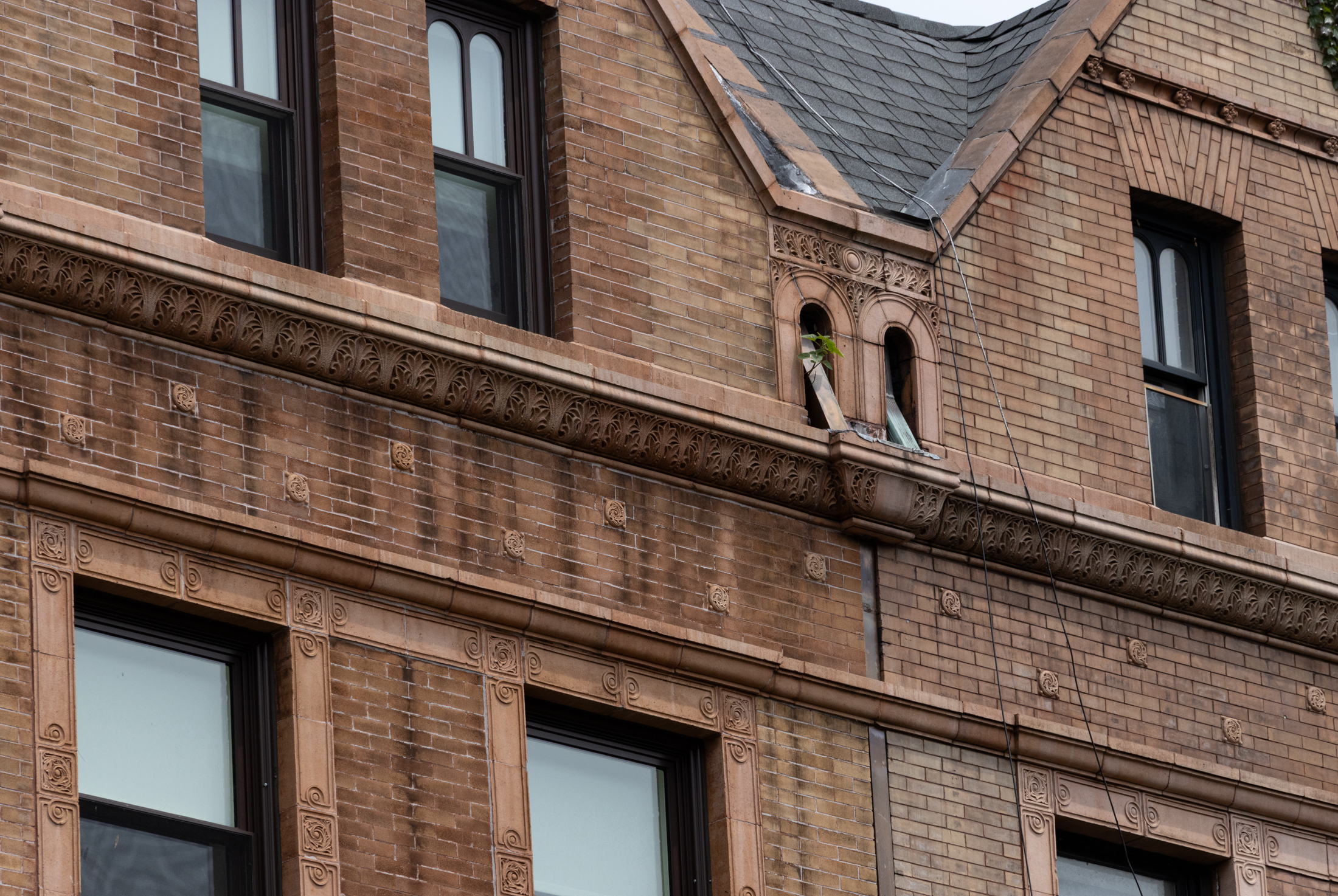
What's Your Take? Leave a Comment